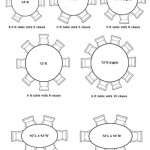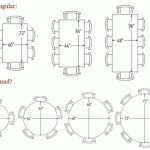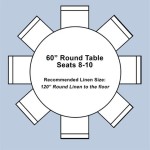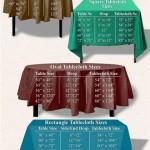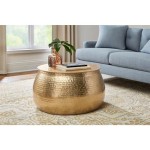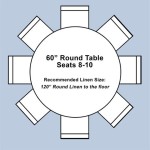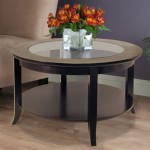What Is the Use of Table Setting?
Table setting, the art of arranging cutlery, glassware, and other accessories on a table for dining, is more than just a decorative practice. It plays a crucial role in enhancing the dining experience, contributing to both aesthetics and functionality. While the specific elements and their placement can vary based on the occasion and cultural norms, the fundamental purpose of table setting remains consistent: to create a welcoming and comfortable environment for guests, fostering a sense of occasion and refinement.
Aesthetics and Ambiance
Table setting is intrinsically linked to the visual appeal of the dining experience. The carefully chosen tableware, linens, and decorative accents contribute to an overall ambiance, setting the tone for the meal. A beautifully set table can evoke feelings of elegance, sophistication, and festivity. By thoughtfully selecting colors, textures, and patterns, hosts can create a visual narrative that complements the occasion, whether it be a formal dinner party, a cozy family gathering, or a simple everyday meal.
The strategic placement of elements like centerpieces, candles, and floral arrangements adds visual interest and enhances the ambiance. These decorative touches not only elevate the appearance but also create a focal point on the table, drawing the eye and encouraging conversation.
Functionality and Etiquette
Beyond aesthetics, table setting serves an important functional purpose: to guide diners through the meal with ease and grace. The organized arrangement of cutlery, glassware, and plates provides a clear indication of the proper order in which to use them, eliminating confusion and ensuring a smooth dining experience.
Each element on the table has a specific purpose. For example, the fork on the left is typically for the main course, while the smaller fork on the right is for salad or appetizers. The placement of wine glasses, water glasses, and dessert forks further guides diners through the various stages of the meal. The appropriate use of cutlery and glassware also reflects proper dining etiquette, demonstrating respect for both the host and fellow guests.
Personalization and Expression
Table setting offers a unique opportunity for hosts to express their personal style and creativity. Beyond adhering to traditional guidelines, individuals can personalize their table settings to reflect their unique tastes and preferences. This can be achieved through the selection of tableware, the use of color palettes, and the inclusion of personal touches like family heirlooms or hand-painted accessories.
For instance, a host with a love for nature might opt for a rustic setting with wooden accents, while someone with a penchant for modern design might choose sleek, minimalist tableware. By incorporating personal elements, hosts can create a dining experience that is both visually pleasing and deeply meaningful, enhancing the overall ambiance and fostering a sense of connection among guests.

Making Sense Of Business Dinner Table Settings Dummies

A Formal Dining Guide For The Informal Diner Techlifetoday

Which Fork Do I Use Leehenry Events Llc Nashville Event And Wedding Planner

Table Setting And Utensil Use For A Formal Dinner Crystalview

What Is A Good Fine Dining Table Setting Quora

Table Manners

Pin By Mar Magaña On Tipo De Cubiertos Formal Table Setting Dining Etiquette Proper

20 40 60 Etiquette Setting The Table Tone For Your Dinner Party

Setting The Table Catherine Davis

5 Table Setting Ideas For Everyday Use Doğtaş
Related Posts

